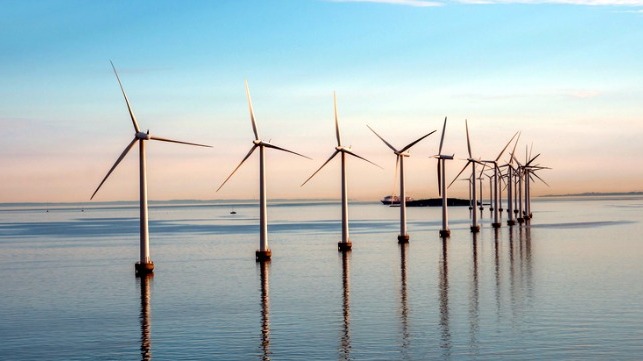Biden Accelerates US Offshore Wind Through Army Corps-BOEM Cooperation

To increase renewable energy production in offshore waters and help the United States meet its goal to deploy 30 gigawatts of offshore wind energy by 2030, the Bureau of Ocean Energy Management (BOEM) and the U.S. Army Corps of Engineers (USACE) have entered into an agreement in support of planning and reviewing renewable energy projects on the Outer Continental Shelf (OCS).
The agreement will allow USACE to provide BOEM additional scientific and technical resources needed to evaluate offshore wind projects along the U.S. coast. While the scope of the agreement covers all renewable energy activities in the Atlantic, the initial focus will be on the Army Corps supporting the review of the Coastal Virginia Offshore Wind project near Virginia Beach and the Kitty Hawk project proposed for the coast of North Carolina.
“This partnership is a great example of federal agencies coming together for a common goal to advance renewable energy solutions for the nation,” said USACE North Atlantic Division Programs Director Karen Baker. “We look forward to applying USACE scientific and technical support to enable the BOEM-led team.”
The partnership between BOEM and USACE is a result of an executive order from President Joe Biden, which directed interagency consultation between the Department of the Interior and Department of Defense to increase renewable energy production on public lands and in offshore waters.
“This agreement shows the value of a whole-of-government approach to clean energy development,” said BOEM Director Amanda Lefton. “BOEM has a long history of successful collaboration with the DOD and USACE on energy and marine mineral projects. Additionally, our state partnerships are vital to the advancement of BOEM’s renewable energy program.”
The agreement gives BOEM access to USACE technical expertise while planning new leasing in the Atlantic and reviewing National Environmental Policy Act documents, Construction and Operations Plans (project proposals), Facility Design Reports, and Fabrication and Installation Reports.
The Trump administration had largely ignored offshore wind as a priority and blocked efforts including the projects off North Carolina. The Biden administration in March 2021 laid out an aggressive plan to achieve 30 GW of offshore wind deployment by 2030. Announcing the new goals, Biden said the programs could support as many as 77,000 jobs, power some 10 million American homes, cut CO2 emissions by 78 million tons and create up to $12 billion in capital investment annually. The long-term vision calls for 110 GW or more of electricity generated from offshore wind farms by 2050.
